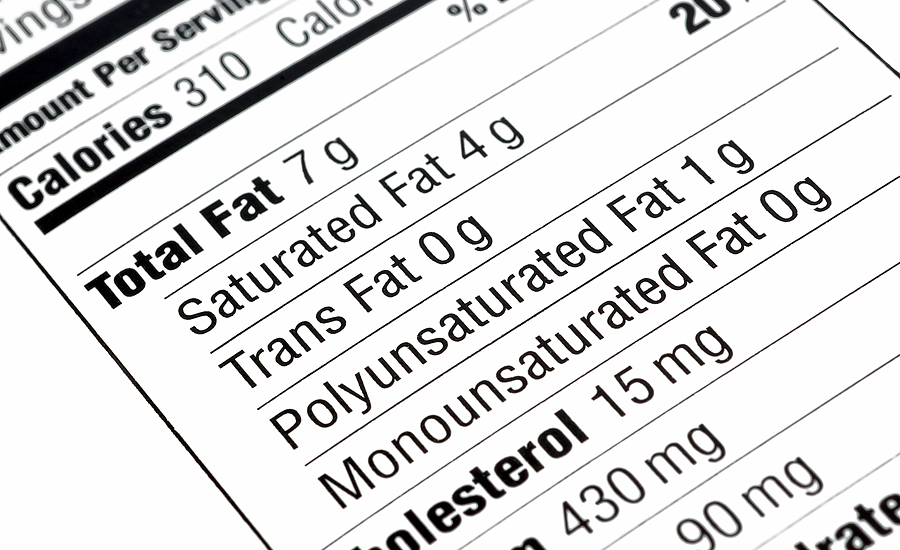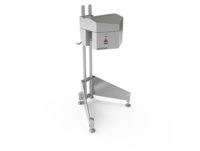The global outlook on smart labels
With growing pressures to reduce food and packaging waste, any technology that helps the consumer make better decisions on food waste will always be well received.

Issues surrounding product shelf life, smart labels and sustainability are all heavily interlinked, allowing informed consumers to make better decisions about their food usage and disposal. Smart labels describe any technology that expands on the information of a standard product label. This can include QR codes, sensors, microchips and image recognition, among other features.
With growing pressures to reduce food and packaging waste, any technology that helps the consumer make better decisions on food waste will always be well received. What’s more, packaging with built-in sensors or microchips can help manufacturers ensure quality and freshness by monitoring the products temperature during its journey to the supermarket shelf.
Advanta, Vienna, Va., outlines which countries are at the forefront of smart labeling.
The United States
In the United States alone, it’s estimated that consumers throw away $29 billion worth of edible food each year. In fact, supermarkets are now involved in the food waste debate, with Walmart, Bentonville, Ark., for example, working toward a zero-waste future.
In light of this, Grocery Manufacturers Association (GMA), Washington, D.C., and Food Marketing Institute (FMI), launched SmartLabel, a smart label digital initiative across the food, snacks and baking industry. This program, created in collaboration with manufacturers and retailers, enables consumers to scan QR codes to receive more information on particular products.
The U.S. food industry is also dipping its toes into other technologies to enhance smart labelling efforts.
Last year, researchers at Clarkson University, Potsdam, N.Y., created a paper-based sensor to inform consumers when food is about to expire. The sensor changes color when it encounters spoiled food, with the intensity of the color indicating how badly the food has spoiled.
Australia
In Australia, smart labels are put in place to detect the ripeness of certain fruits. In some supermarkets, sensor labels detect a fruit’s ripeness, in combination with a plastic clamshell pack. The packaging captures the aroma of the fruit, and the label then reacts with them to change color from red to yellow, illustrating its ripeness levels.
It could also be argued that the dependence on a plastic clamshell pack is counterintuitive to the end goal of reducing waste, as pears can easily be sold loose.
Europe
Researchers from Trinity College Dublin, Ireland, announced a major development in nanotechnology. It’s this sort of time-temperature integrative (TTI) technology that tracks the integrity of the cold chain by indicating accumulated exposure of the product to temperatures conducive to more rapid bacterial growth. Unlike the “sell by” or “best before” dates, which assume proper temperature storage of the product, a TTI indicates the actual product life remaining based on the conditions it has faced.
These smart labels are set to be used with the bump mark project, developed by Mimica Labs, London. This packaging solution uses a layer of gelatin that reacts to environmental conditions, giving consumers up-to-date information on the quality of their perishable food. This could be particularly beneficial for meat products.
Sainsbury's, a UK-based supermarket, is testing this technology with the introduction of its Smart Fresh label initiative. This smart label, now found on Sainsbury's brand cooked ham packaging, changes color from yellow to purple over time. The cooler the ham is kept, the slower this reaction takes place. This means if the ham has been left in warm conditions for too long, the label will turn purple pretty quickly, indicating this product is no longer safe to eat.
Looking for a reprint of this article?
From high-res PDFs to custom plaques, order your copy today!






